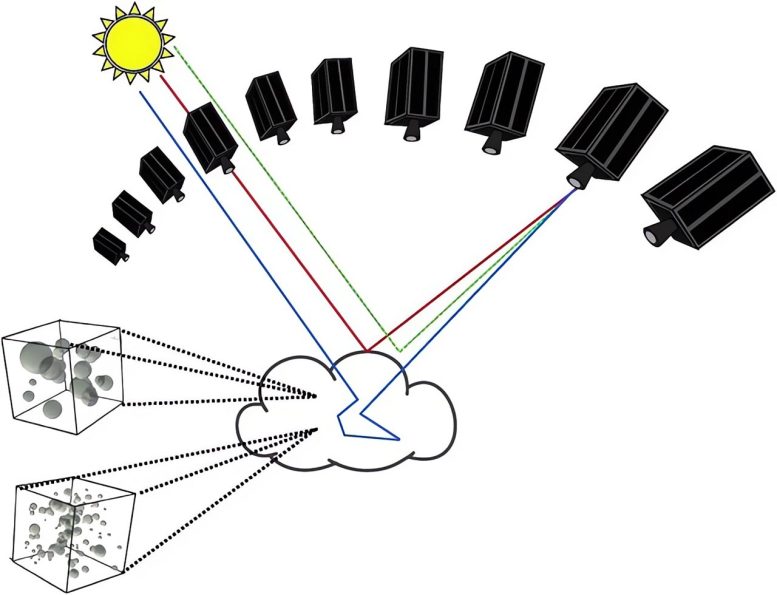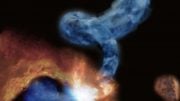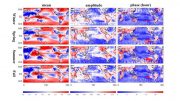
Clouds play a crucial role in regulating Earth’s climate, impacting the water cycle, atmospheric dynamics, and energy balance. Studying them, however, has been challenging due to limitations in spaceborne imaging technology. Researchers from the Technion have developed an efficient inverse rendering framework for 3D cloud distribution recovery. This breakthrough, published in Intelligent Computing, addresses previous challenges in computational cost and large-scale scene applicability, offering new possibilities for scattering-based computed tomography in cloud observation.
How do clouds shape the planet’s future? Clouds are not just fluffy white shapes in the sky. They are vital for regulating the earth’s climate, as they influence the water cycle, atmospheric dynamics and energy balance. However, studying clouds is not easy. One way to do so is to use spaceborne imagers, but these imagers still face challenges of efficiency and scalability. To overcome these limitations, Ido Czerninski and Yoav Y. Schechner from the Viterbi Faculty of Electrical and Computer Engineering at the Technion—Israel Institute of Technology, a partner of CloudCT, have developed an effective inverse rendering framework for recovering the 3D distribution of clouds.
Their research was published on January 3 in Intelligent Computing, a Science Partner Journal.
This new framework can be used for scattering-based computed tomography—that is, scattering CT. Previous studies have applied scattering CT for cloud observation, but they faced challenges of computational cost and applicability to large-scale scenes. In addition, the scattering of the light in clouds varies according to the wavelength of the light and the size of the water droplets and other airborne particles. This level of complexity aligns well with the domain of image rendering and its inversion.

Cloud tomography. Multiple cameras simultaneously capture images of a cloud from different angles. These images are later used to determine the shape, volume, and other properties of the cloud. Credit: V. Holodovsky, M. Tzabari, and A. Levis
Using a new algorithm to speed up inverse rendering, the authors were able to accurately and efficiently obtain the 3D properties of clouds. Inverse rendering is a computational technique used in computer graphics and computer vision to estimate the properties of a 3D scene, such as the shape, lighting, and material properties of objects, from a two-dimensional image. The accuracy of the 3D cloud analysis imaging obtained by this new framework was demonstrated using both simulated and real-world data.
This new framework can be used not only for scattering CT, but also in other inverse rendering contexts, such as reflectometry, which uses the reflection of waves at surfaces and interfaces to detect or characterize objects, and x-ray scattering CT scans, which produce images of organs and tissues.
Although this approach represents genuine progress, there are still some issues. The study of cloud climate feedback requires an accurate description of cloud microphysics, which involves the study of physical processes that occur within clouds. However, the current approach represents optical, rather than size and material parameters. Therefore, in future studies, this approach needs to be expanded to include microphysical parameters. This is necessary to fully leverage the methodology of this work for climate studies.
The authors’ key innovation is the “path recycling and sorting” algorithm, which speeds up work on the inverse image rendering problem. Inverse rendering usually requires multiple iterations to refine the variables that define the scene. Each iteration involves rendering operations, but rendering can be quite slow, especially when run hundreds of times during iterative refinements. To overcome this issue, the algorithm recycles paths from previous iterations during the inverse rendering process. This approach uses the paths from prior iterations to estimate a loss gradient at the current iteration, resulting in a significant reduction in iteration run time.
Reference: “PARS – Path recycling and sorting for efficient cloud tomography” by Ido Czerninski and Yoav Y. Schechner, 3 January 2023, Intelligent Computing.
DOI: 10.34133/icomputing.0007
This research was funded in part by the European Research Council under the European Union’s Horizon 2020 research and innovation program.









Be the first to comment on "Lightning-Fast Cloud Tomography Unleashed: New Algorithm Transforms Climate Studies"